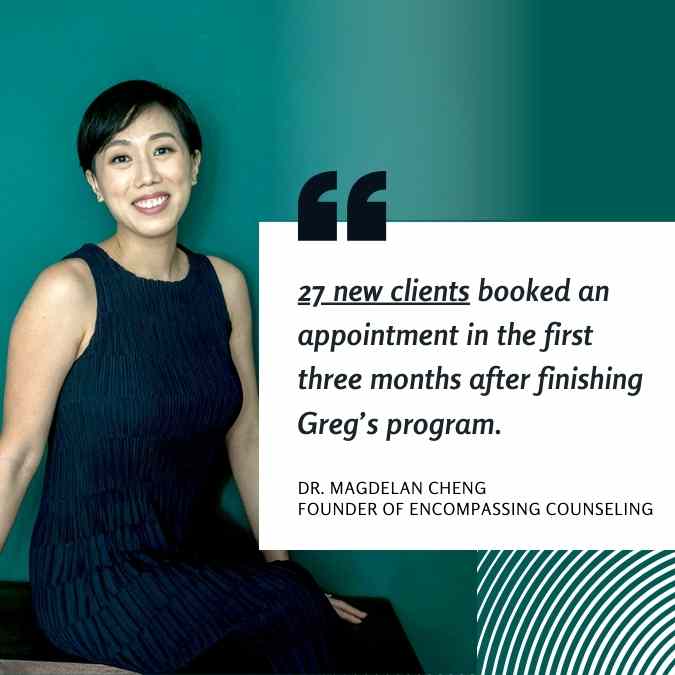Great question! The decision to invest in Google Ads for your therapy practice depends on various factors. Let’s explore whether Google Ads are worth it for therapists:
1. Targeted Reach: Google Ads allow you to reach potential clients actively searching for therapy services. This targeted approach can be highly effective in connecting with individuals seeking help.
2. Cost Control: You have control over your advertising budget, which means you can set limits to ensure you don’t overspend. This makes it accessible for therapists with varying budgets.
3. Performance Tracking: Google Ads provides detailed analytics, allowing you to measure the effectiveness of your campaigns. You can see which keywords and ads are generating clicks and conversions.
4. Quick Results: Unlike some other marketing methods, Google Ads can yield relatively quick results. Once your campaign is set up, your ads can start appearing in search results within a short time.
5. Flexibility: You can tailor your ads to specific geographic locations, demographics, and even the times of day when your ads are shown. This level of customization can help you target your ideal client base.
6. Competition: Depending on your location and niche, there may be competition among therapists in Google Ads. You’ll need to assess whether the cost per click (CPC) in your area justifies the potential returns.
7. Quality of Ads: The effectiveness of your Google Ads campaign depends on the quality of your ads and website. Your landing page should provide valuable information and a clear call to action.
8. Compliance with Ethical Guidelines: Ensure that your ads comply with ethical guidelines for therapy advertising. Avoid making misleading claims and prioritize client confidentiality.
9. Ongoing Management: Successful Google Ads campaigns require ongoing management and optimization. It’s not a “set it and forget it” approach. You’ll need to regularly review and adjust your ads for the best results.
10. Alternative Marketing Methods: Consider other marketing strategies alongside Google Ads, such as organic search engine optimization (SEO), social media, and networking within your local community.
In conclusion, Google Ads can be a valuable tool for therapists to attract potential clients, but their worthiness depends on various factors. Before diving in, it’s essential to assess your budget, competition, and the quality of your ads and website. Many therapists have found success with Google Ads, but it’s crucial to approach it strategically and ethically to maximize its benefits for your practice. If managed effectively, Google Ads can be a valuable part of your marketing strategy to help you fill your therapy practice with clients.



















